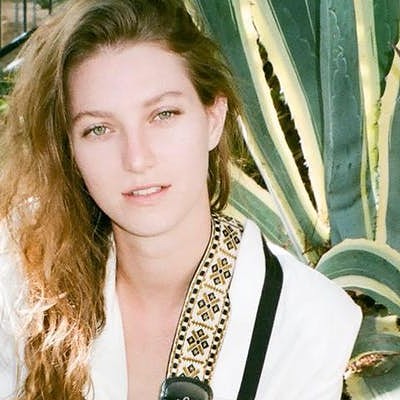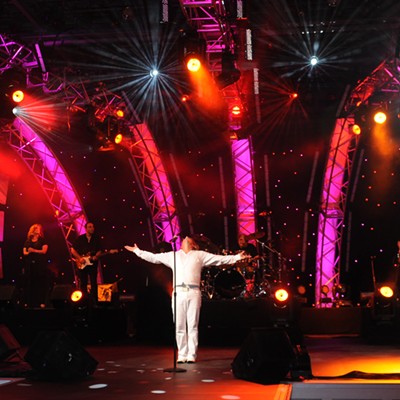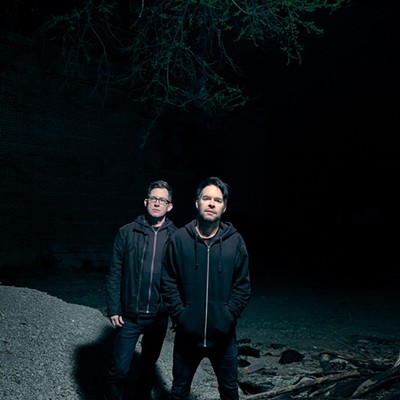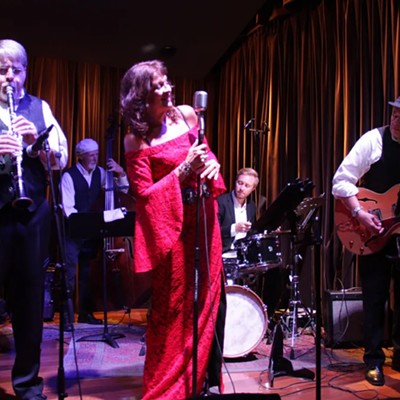That world-renowned group formed about 30 years ago in the Nevilles' hometown of New Orleans. Cyril and his three older brothers--Art, Charles and Aaron--had been making music with different groups and in different combinations since the late 1950s. But in 1975, the four of them recorded for the first time together on the self-titled album by The Wild Tchoupitoulas, backing up their uncle, George Landry, aka Big Chief Jolly.
The Wild Tchoupitoulas performed chants of the Mardi Gras Indians, African Americans who have traditionally paid tribute to Native Americans' culture and history as part of Mardi Gras celebrations. These songs combined thick funk, blues, Caribbean and Native American music in a seamless whole. It was the sound that gave birth to the Neville Brothers.
And although the Nevilles continue to perform soul, rock, blues, funk, Creole and New Orleans second-line music all over the world today--often with a variety of other family members sitting in--Cyril Neville has embarked on a modest tour returning to the raw sound of The Wild Tchoupitoulas.
He's calling it Cyril Neville's Creole Rock Caravan, and it is on its "maiden voyage," he said.
"We're delving into the tradition of our brothers of both Native-American and African-American heritage. We're gonna play a gumbo, if you will, of reggae, funk, blues, Native American stuff," the youngest Neville brother, now 56, said by phone from Prescott.
Neville and his band were preparing for a series of Arizona appearances, including gigs in Phoenix, Flagstaff and, on this Saturday night, Aug. 6, at the Rialto Theatre.
Neville's caravan will include performances by his wife, singer-songwriter and playwright Gaynielle Neville, as well as keyboards-playing nephew Norman Ceasar. Rounding out the group will be Constant Creation, a highly regarded reggae-rock-funk band led by Louis-Virie Blanche, a former Tucsonan who carries both Native American and Creole blood in his veins.
Neville and Co. will play material from throughout his music career, but give it a unique "Creole rock" spin, thanks to the collaboration with Blanche and his group.
"On both of our parts, Louis-Virie and myself, people will probably hear songs that they are actually familiar with, but they may not recognize them until we are way deep into the songs," Neville said.
There'll also be a strong spoken-word element in the concert. "We're also going to have storytelling, what they call living folklore, with Big Chief Monk Boudreaux."
Boudreaux is the chief of the Wild Magnolias, one of many active "tribes" in New Orleans. He will share many of the traditions and music of Mardi Gras Indians during the concerts with Neville.
In New Orleans, African Americans have adopted Native-American dress during Mardi Gras since the late 1800s. According to reports, their numbers had increased by the 1930s to the point where violence over turf battles between warring tribes was common, and the "masking Indian" custom died out. The practice re-emerged in the '60s, with mock battles now taking place between modern-day tribes who compete for the most elaborate costume. Making costumes is a year-long process involving intricate creations of beads, sequins and feathers.
The Mardi Gras Indian tradition is not the burlesque that some casual observers might guess. It's serious business. "And it is a part of the New Orleans culture, and the Indians are kind of an amalgamation of a lot of different things, you know," Neville said.
"Part of it is paying homage to Native Americans, because they were the first people to reach out to the Africans when we were the new to this country and enslaved. They often tried to help out, and some of us married into some of the nations. So lots of the people who are Mardi Gras Indians really have Native-American blood."
Neville noted that black Americans and Native Americans often have experienced similar discrimination, relocation and alienation from mainstream American culture. "We even called the (federal housing) projects where we lived when we grew up the 'concrete reservations.'
"Our people have gone through a lot of the same struggles. Our children have gone through same struggles to retain their culture and find meaning in a country that neglects them."
To that end, Gaynielle and Cyril Neville are major players--i.e., president and vice president, respectively, of the board of directors--in the White Buffalo Day Children's Foundation, the mission of which is "to inspire children to embrace and contribute to their cultural heritage, as well as gain a deeper understanding and respect for other cultures."
The foundation's goal is to produce and manage educational and cultural programs that encourage mutual respect across cultural boundaries and discourage trends in street violence, drug abuse, aggression and self-degradation.
"It's all about an effort to keep this thing, this cultural awareness, going, and all about helping children get prepared for the challenges they are getting ready to face in life."
Neville said his music, whether with his brothers or the Creole Rock Caravan, contains a message of survival.
"That's another thing about this show--it's an effort to share music and reconnect with a lot of the old ways of communicating with the earth and nature. That's going to be the way of survival in the future: to learn to live with nature and all cultures.
"We all share the same island. Anything that goes wrong with any of it or any of us, all of us feel it."









